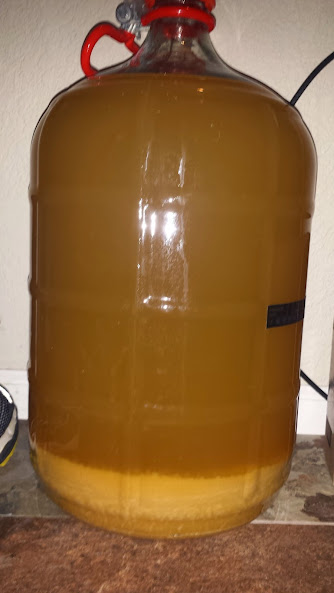I'm pretty new to wine/mead, but experienced with beer. I've only made a handful of batches of both wine and mead.
Given that, I recently made a batch of peach wine. After active fermentation I racked it over to a secondary. The state of which you can see in the picture below. It is still cloudy, but it is on a bit of trub which I suspect is yeast and very very very small peach parts. It has been in the secondary about a week.
My question is this: should I rack it off all the trub and let it clarify in a tertiary? Or should I let it clarify in the secondary and then transfer to a tertiary?
I see pros and cons both ways. Pro of racking it again is it is off that trub, but II really hateracking too much for fear of infection and oxidation. What are your all thoughts on what I should do at this point?

Given that, I recently made a batch of peach wine. After active fermentation I racked it over to a secondary. The state of which you can see in the picture below. It is still cloudy, but it is on a bit of trub which I suspect is yeast and very very very small peach parts. It has been in the secondary about a week.
My question is this: should I rack it off all the trub and let it clarify in a tertiary? Or should I let it clarify in the secondary and then transfer to a tertiary?
I see pros and cons both ways. Pro of racking it again is it is off that trub, but II really hateracking too much for fear of infection and oxidation. What are your all thoughts on what I should do at this point?




